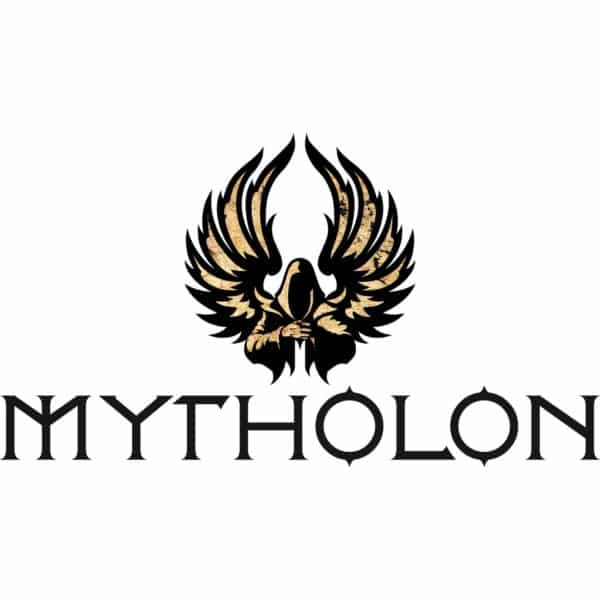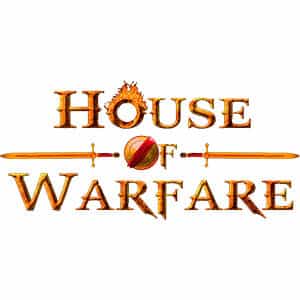(Note – this article contains some mild spoilers for the Game of Thrones TV series! If you haven’t watched it, go watch it – it’s a blast and is highly recommended by the MedievalWare team!)
With the release of HBO’s House of the Dragon, the Game of Thrones universe has expanded beyond George R. R. Martin’s novels and blossomed into a grand cinematic tale, spanning multiple generations of the warring factions of Westeros and Essos. On the surface, the Game of Thrones world has a lot in common with many other (frankly, much worse) fantasy worlds: dragons, zombies, magic flame rituals – your fairly standard tropes! But where Game of Thrones really shines is its inspiration from real-world Medieval history. A flippant answer to ‘is Game of Thrones set in medieval times’ is ‘No, it’s set in a fictional world with imagined geography and peoples’. But we shall see how George R. R. Martin took heavy inspiration from real Medieval history to inform and condition the world of A Song of Ice and Fire.
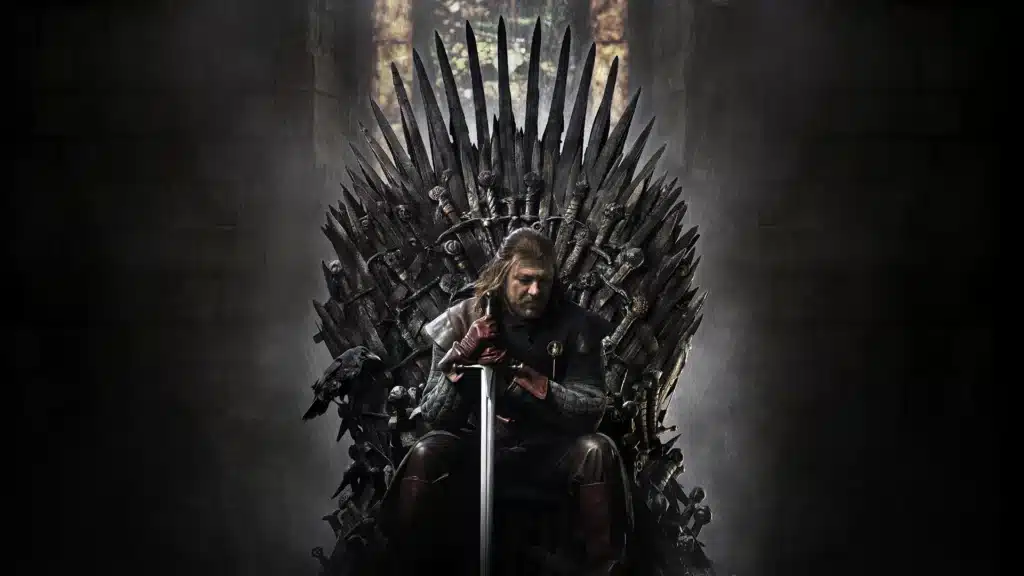
And yet, Medieval history (ie. how modern people understand the period between about 500 CE to about 1500 CE) is far from a neutral source to be sprinkled into novels like party sprinkles on a cupcake. The Medieval period is vast and complex, and what authors choose to take from it entails a set of artistic choices – and what Martin chooses to include reveals a deliberate thought-process: a heady combination of romanticism and grotesquerie, some good choices and some that are harder to justify. So, underneath the fantasy trappings, is Game of Thrones medieval? That’s a tricky question. Here, we’ll have a look at some of the real-world Medieval history that Martin drew upon to inform his world, and what that tells us about the underlying assumptions we still make about the Medieval past.
A Parallel Universe?
There are many events in the Game of Thrones canon that seem to have been directly inspired by historical events – either explicitly acknowledged by George R. R. Martin, or strongly suspected by eagle-eyed fans. (This is your final spoiler warning!) One of the most frequently commented-upon is the Red Wedding, where Walder Frey has the heads of the Stark clan murdered for breaking the marriage pact between their families. Martin has revealed in interviews that this was directly inspired by the ‘Black Dinner’ of 1440.
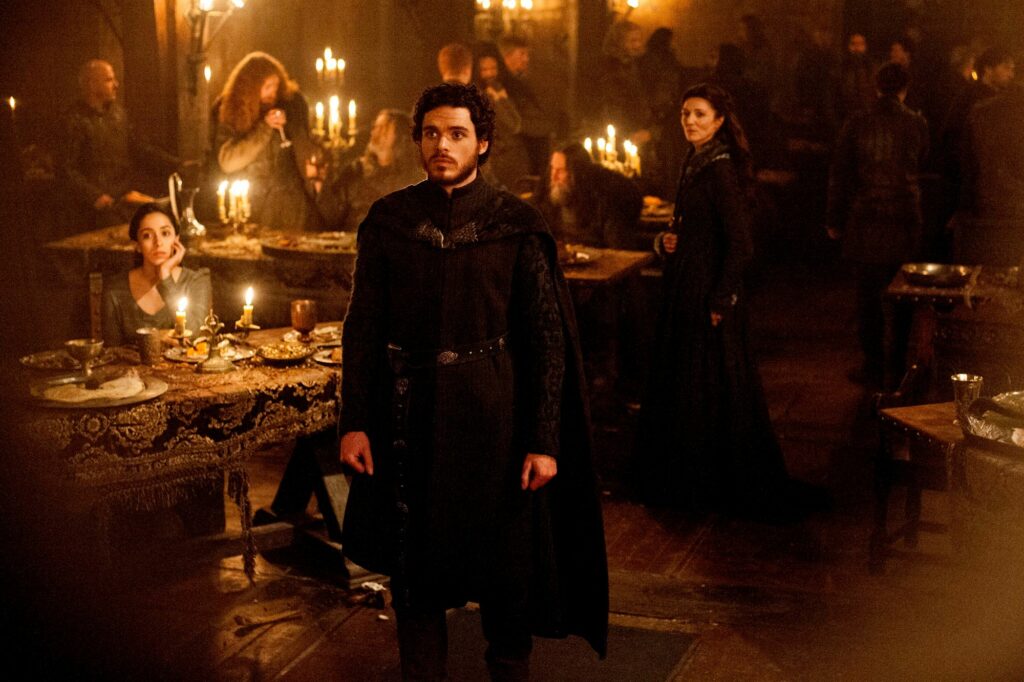
In the late 1430s, young King James II of Scotland was subject to a regency government under the powerful Earl Archibald Douglas – but upon the elder Earl’s death, others plotted to break the Douglas hold over the nine-year-old King. Conspirators close to the King invited the new Earl Douglas, only sixteen years old himself, along with his younger brother and his entourage, to dine at Edinburgh Castle. Lulled by this offer of hospitality, and protected by the social taboo protecting guests from harm (or so he thought), both the young Earl Douglas and the King were horrified as a black bull’s head was served on a platter – a symbol of death. Over the protestations of the boy-King James, the conspirators dragged the Earl Douglas and his brother (and likely his entourage too) to the Castle hill, where they were executed. Whilst the historical waters are still murky around the exact motives for this shocking violation of medieval social taboos, it seems that the motive was little more than the political power and influence of the Douglases over the throne of the young King James II – similar to the Frey’s motivations in Game of Thrones, politics and personal interests overlapped. Is Game of Thrones medieval? In its literally cut-throat politics, then absolutely.
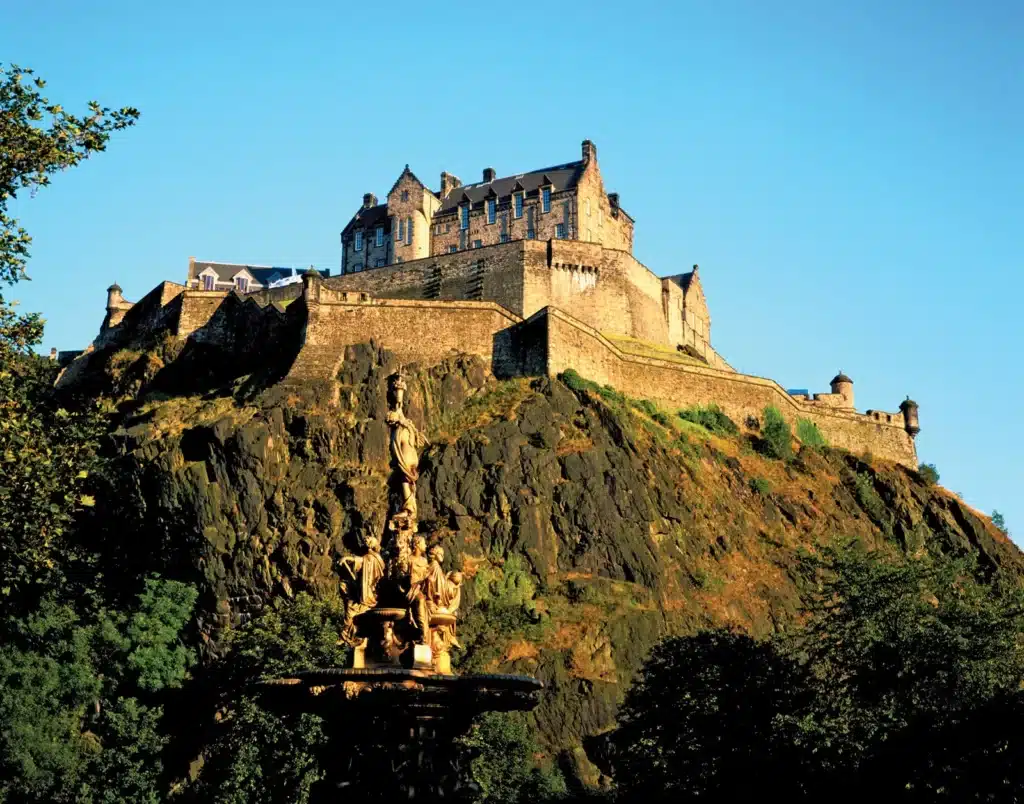
More generally, George R. R. Martin has cited a diverse set of historical inspirations for A Song of Ice and Fire. The Crusades form a big source of inspiration for the whole series, especially in its themes of ‘West meets East’ which come out in Daenerys’ arc with the Dothraki, in Yunkai and Mereen. The Wars of the Roses are often cited by both Martin and his fans as a clear source for much of the politicking of the series. The extended civil war between the Lancastrians and the Yorkists (two branches of the same Plantagenet dynasty) has clear parallels with the Game of Thrones canon – York/Lancaster, Stark/Lannister, anyone? Richard of York, the patriarch of the Yorkist faction, had a reputation for honesty and loyalty, and he built up an opposition to the Lancastrian royal family – and he met a sticky end. Clearly, Eddard ‘Ned’ Stark was based on Richard, and though Ned was executed for treason and Richard was mortally wounded at the Battle of Wakefield, their respective deaths only hardened the rivalries they’d sought to conclude. So, in this respect, is Game of Thrones medieval? With this pedigree, it’s pretty hard to say no!
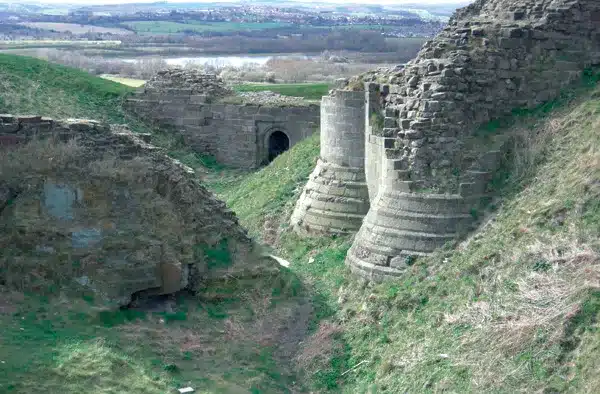
Romance or Grotesque
To put it very simply, ‘is Game of Thrones medieval’ is an easy question to answer. Yes, of course it is ‘medieval’ (with a small M) – because it uses all of the visual and storytelling language that we associate with the Medieval period rather than any others. There are peasants, and chainmail, and horses, and castles. There are knights who are addressed as ‘Ser’, lords and kings and queens who are all addressed according to their social rank. Many of the post-medieval signposts that might place a world firmly in the Early Modern era are absent: very few gunpowder weapons (aside from the alchemical Wildfire used at the Battle of the Blackwater), and no large-scale industry. But to look a little deeper, and the medieval symbology used by Martin shows a more adept handling of real history.
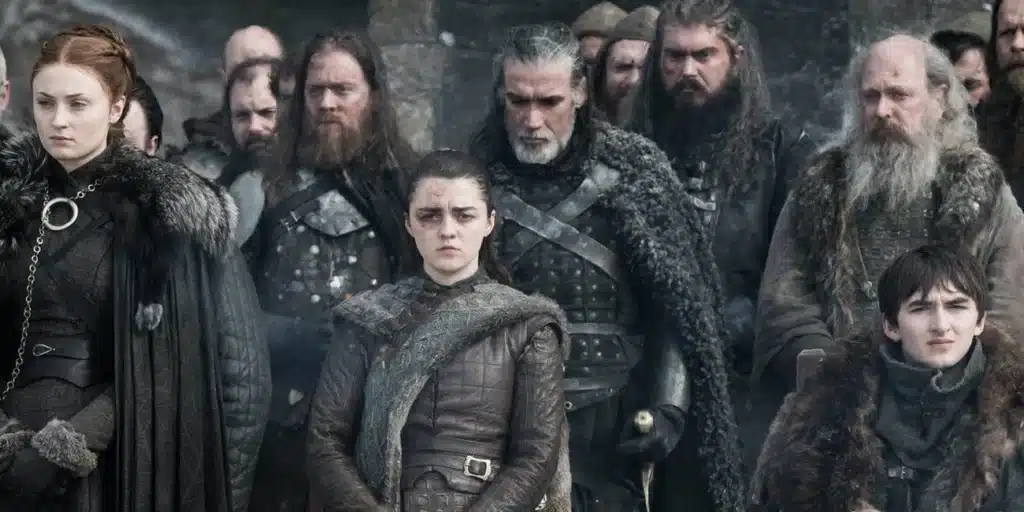
In his book ‘Medievalism: a Critical Study’, medieval scholar David Matthews categorises popular understanding of the medieval period into two camps: the ‘romantic’ and the ‘grotesque’. The 19th century medieval revival movement, which heavily influenced both the Romantic art movement and the new nationalist movements in Central Europe, saw the medieval period as a source of all that was good: a time in which feudal bonds of loyalty and service governed proper conduct, in which strong social hierarchies reinforced stability, and when personal moralities were somehow ‘better’ (be they informed by holy Christian obedience, or the glorious remnants of pre-Christian paganism).
This was a marked departure from earlier assessments of the Medieval period: in post-Medieval northern Italy, where the rediscovery of Roman writings and art was spurring the Italian Renaissance, scholars looked back at the preceding centuries as an interruption of good society. They even gave us the concept of the ‘medieval’ – the ‘middle-time’ between the glory of the Roman Empire, and its rediscovery in the Renaissance (first expressed directly by the Florentine historian Leonardo Bruni in 1442 CE). Thus, for them, the medieval period was a grotesque time, where civil virtues were replaced by barbarism – a vision which is very cinematically appealing, and which has strongly informed many Medieval-themed films and novels.
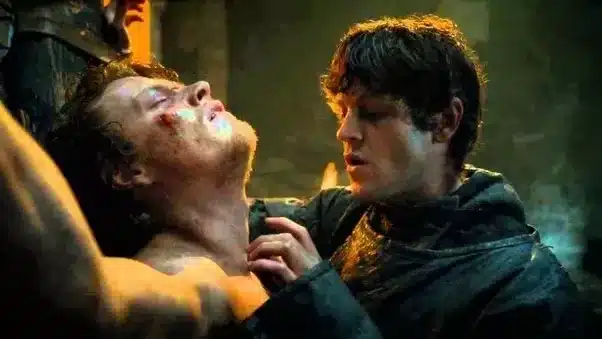
In Game of Thrones, George R. R. Martin deliberately plays with our perceptions of his characters using these two aspects of our understanding of medieval society. The brutality of the Boltons, with their standard bearing the image of the ‘flayed man’, are the most obvious example of the medieval ‘grotesque’: embodying the examples of sadistic torture of the era which is shocking and incomprehensible in equal measure (take, for example, the torture and execution of Joan of Arc, or the irrepressible rumour that Scottish independence leader William Wallace made the skin of an English lord into his sword-baldric). Down in Southern Westeros, the violence of the Boltons is mirrored: the child-king Joffrey Baratheon delights in thoughtless violence, only outdone by the cold and calculating acts of his Lannister grandfather and mother.
At the same time, Martin puts ‘romantic’ medieval tropes to good use. Whilst Game of Thrones is legendary for reminding its fans that no character is immortal, avoiding the ‘plot armor’ accusations of shielding its main characters from consequence, Martin uses tropes of heroic knights, such as the legendary knight Ser Barristan Selmy becoming one of Daenerys Targaryen’s closest advisors. The Stark clan are fiercely loyal to one-another, and are frequently the only faction facing up to the world-endangering problems beyond the Wall – but where Daenerys states that her aim is to ‘break the wheel’, the feudal ties which bind the large houses are ultimately largely reproduced, if partially reformed by the events which conclude the TV series.

But in either case, the creators of Game of Thrones never present either aspect of Medieval history in an entirely negative or positive light. The loyalty of the North results in prideful independence and stubbornness which heavily contributes to war, and the arbitrary cruelty of the Lannisters and the Boltons sows the seeds of their own downfalls. This nuanced approach to the medieval elements of the show is definitely a major point in its favour.
Mix-And-Match History
But… isn’t that a bit neat? It’s important to remember that media such as the Game of Thrones ecosystem are many steps removed from actual European history. As we have seen, George R. R. Martin has cited the Crusades, the Hundred Years War, and the Wars of the Roses as inspirations – but these are events which span almost four centuries. We would do a double-take if a book cited ‘the colonization of Canada, the Napoleonic Wars and the 9/11 attacks’ as cohesive inspiration, but historical categorization at a distance makes it very easy for us to place events with diverse causes, means and outcomes into the same box. As well, the Game of Thrones TV series is many degrees removed from actual history (a TV-ified interpretation of a fiction book, which draws some of its themes from secondary historical analysis, which themselves will be only partially based on original medieval sources). Maybe the answer to ‘is Game of Thrones medieval’ is more complicated.
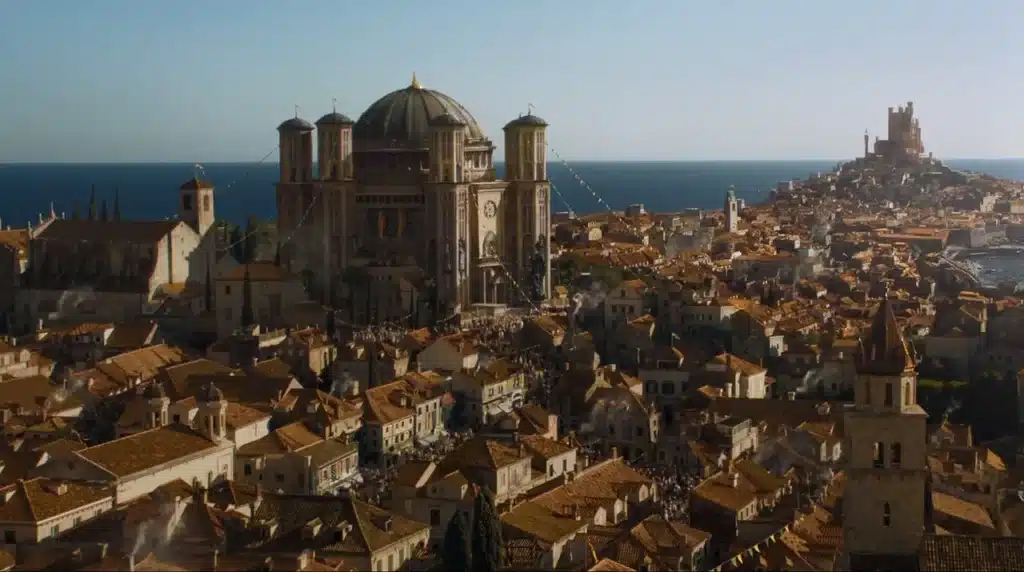
There is much in the Game of Thrones canon which draws on histories that aren’t strictly medieval. Although the visual language of Game of Thrones is clearly medieval, the setting has a lot in common with Early Modern history: for example, with a highly interlinked and literate (if not entirely trans-national) aristocratic ruling-class. There is a high degree of urbanization, with prolific craft guilds, merchant classes and early forms of capital such as the Iron Bank of Braavos. Long-distance sea-borne trade is common, with Westerosi traders making regular voyages to Myr, Volantis and other exotic locales to trade for luxury goods. The benefits of stable rule enabled by primogeniture are placed increasingly under threat by arbitrary absolutist monarchs. None of these are really truly ‘medieval’ – they belong to the period after the contact between Europeans and the Americas at the end of the 15th century, and the social dynamics that imperialism and globalization set in motion: arguably, the very event which signalled the end of the medieval world. A really medieval Game of Thrones would have no major towns outside of King’s Landing, the religion of the Seven would brook absolutely no deviation and would have depopulated the heretical North with several expensive and bloody Crusades, the Maesters would probably end up poisoning as many as they healed, and practically nobody (including most knights and nobles) would be able to read. Less good TV, frankly!
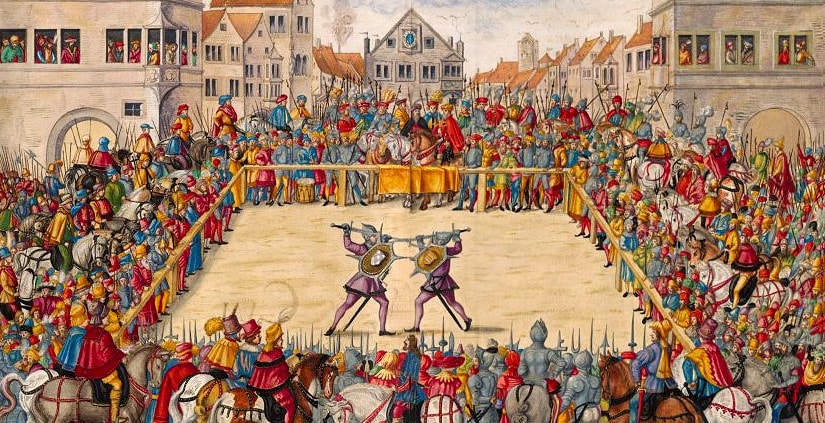
As well, we risk taking a bit of a concerning colonialist stance if we accept the unexamined assumptions presented by George R. R. Martin as a true reflection of history. In Westeros, slavery is marked up as something that died out centuries ago, and that slavers are universally hated – for example disgraced knight Jorah Mormont ends up as Daenerys’ bodyguard because he was exiled for slaving. Meanwhile, the Free Cities all practise some form of chattel slavery, and Daenerys deliberately topples the slave societies of Mereen and Yunkai (earning her title as ‘Breaker of Chains’ and ‘Mother’). Portraying slavery exclusively as an ‘oriental’ phenomenon, and giving a white Westerosi the role of ‘white saviour’ is not only problematic, but also highly ahistorical. Forms of slavery have existed in almost every society, and were flourishing in Western Europe – the reduction of a huge proportion of the medieval population to serfdom, where peasants were literally bonded to the land they worked, without even basic freedom of movement, has been historically understood as a form of slavery. Whilst chattel slavery (the ability to own and trade slaves as property) existed in the Roman Empire and sporadically afterward, it became an integral part of every European empire from the 17th century onward, justified on explicitly racist grounds.
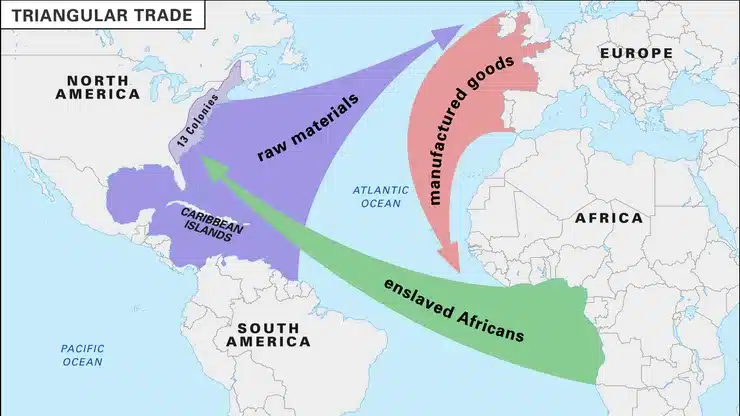
You Know Nothing, Jon Snow
So where does this leave us? When all’s said and done, the world of Game of Thrones shouldn’t be taken as a gospel portrayal of Medieval Europe – just with dragons. Whilst George R. R. Martin takes some broad themes and storytelling language from the Medieval era, there’s lots of other stuff that Martin (and the writers of the HBO adaptation) have included that ranges from the suspect to the problematic. Whilst it’s clear that some of the storytelling choices in the novels and the show are very clearly made in order to enable the kind of epic storytelling that the writers wanted to do (eg. fast and easy communication by raven), many are deeply anachronistic (eg. urbanized, trade-focused societies). At the end of the day, taking everything into account, is Game of Thrones medieval? Even dragons aside, I don’t think we can say that it really is, despite its clear visual language and some of its themes. This doesn’t mean that Game of Thrones is a bad show – far from it, despite some questionable depictions of women and enslaved people, Game of Thrones is clearly a giant of fantasy drama. But it remains just that – fantasy!

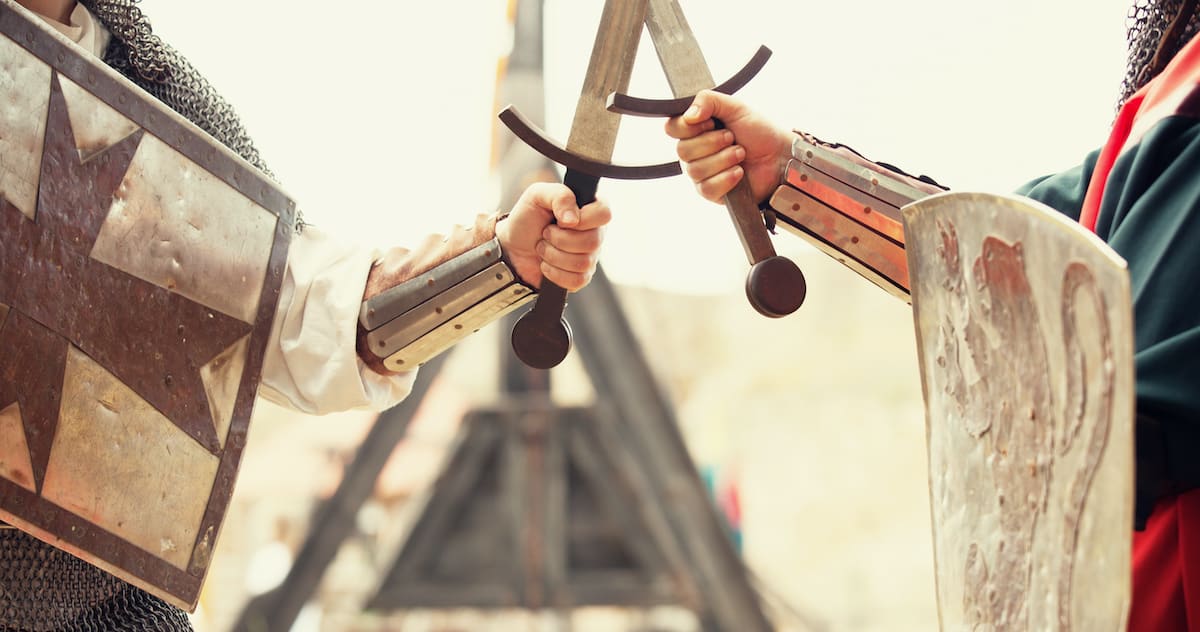 Historical Swords
Historical Swords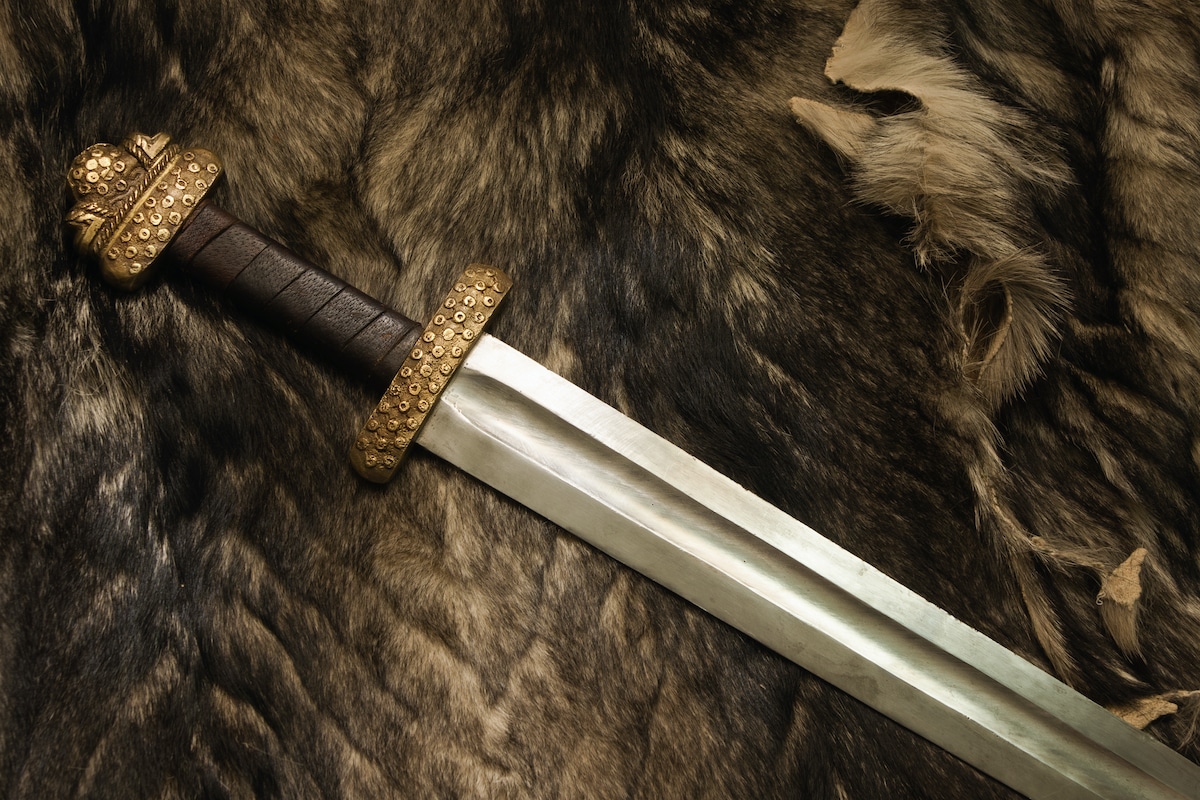 Norse & Viking Swords
Norse & Viking Swords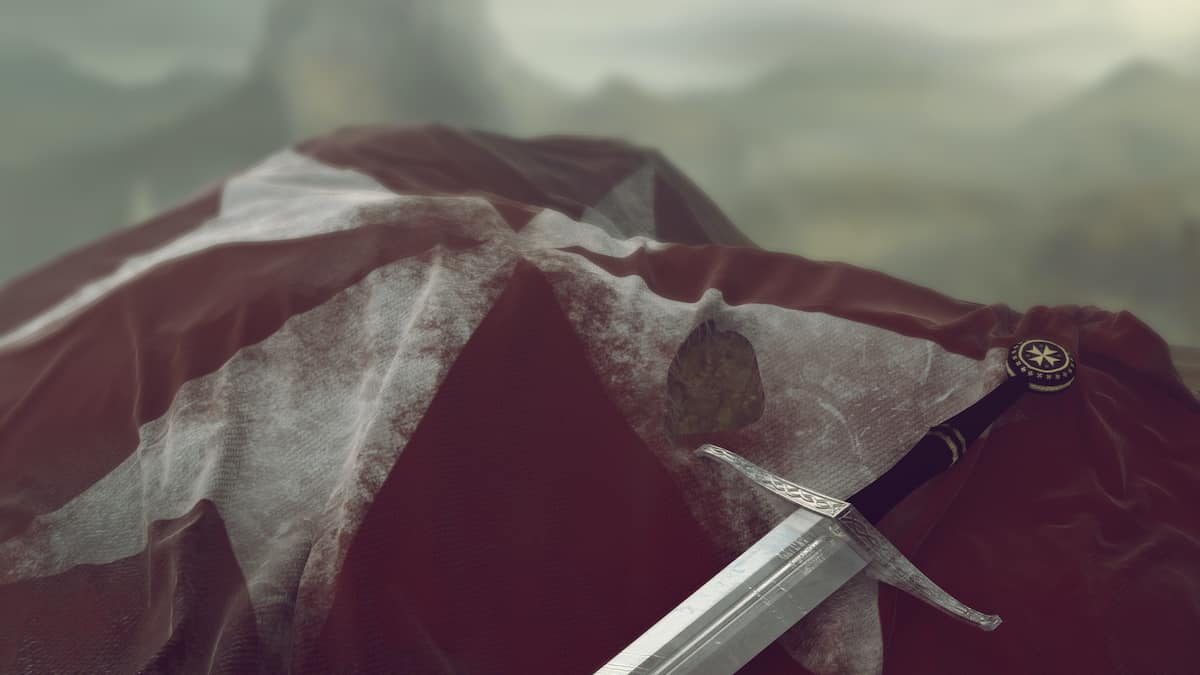 Templar Swords
Templar Swords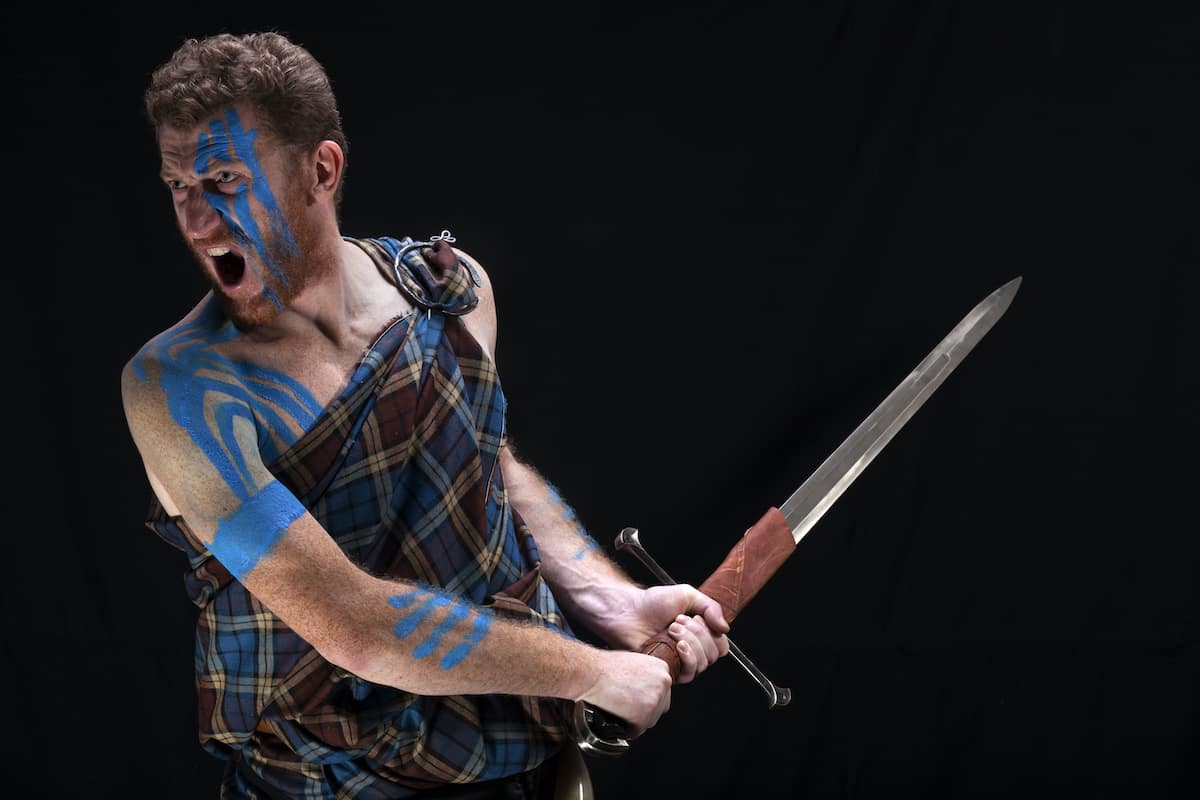 Claymore Swords
Claymore Swords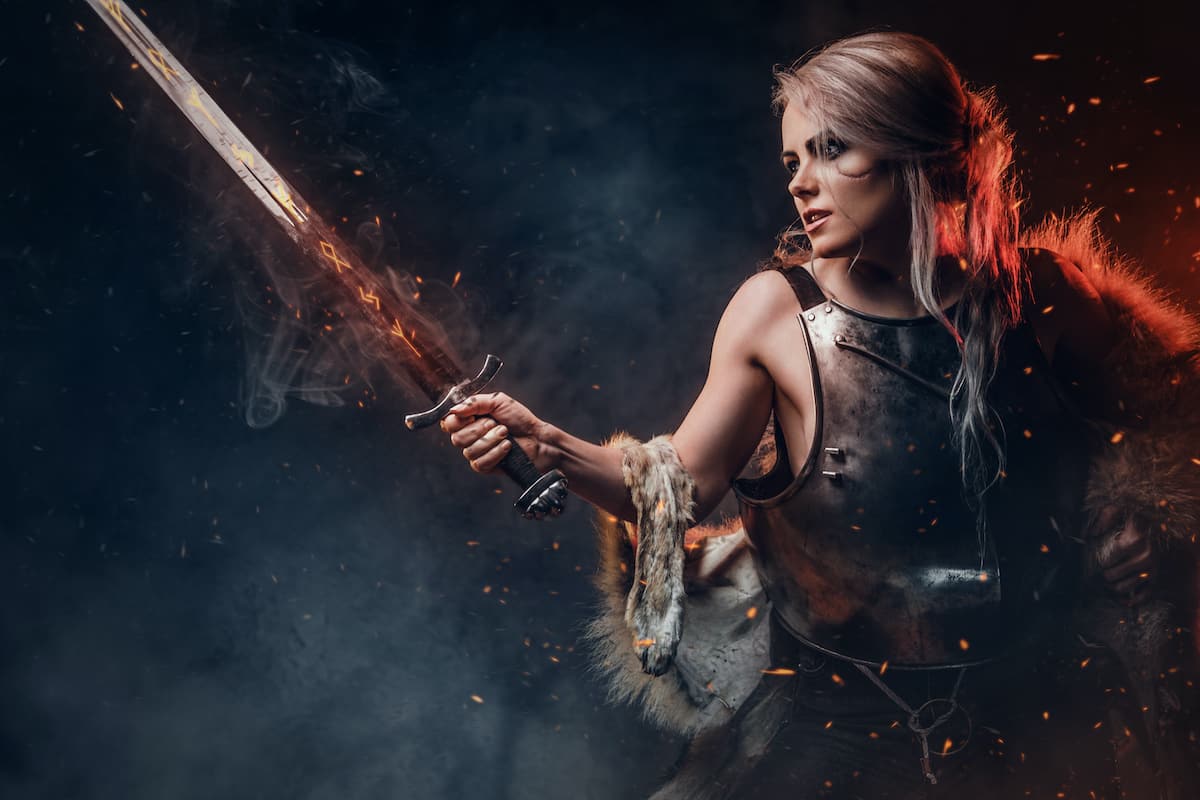 Fantasy Swords
Fantasy Swords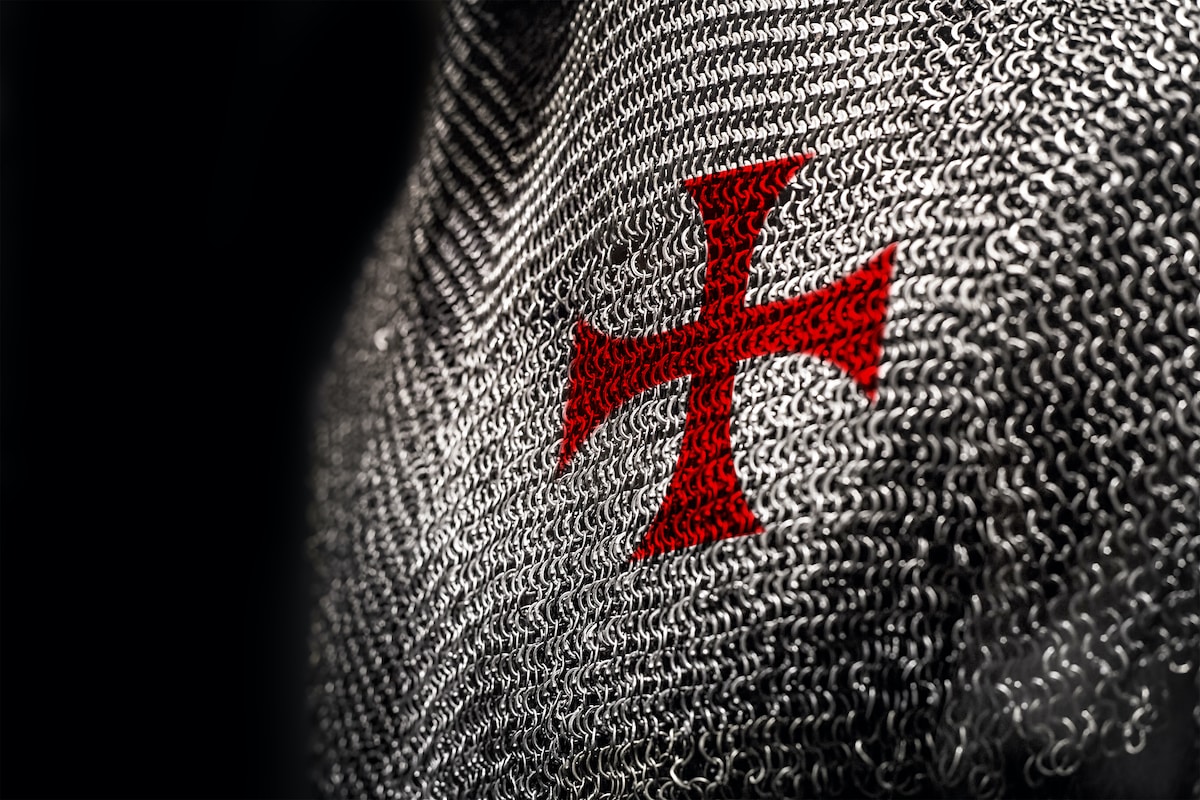 Chainmail
Chainmail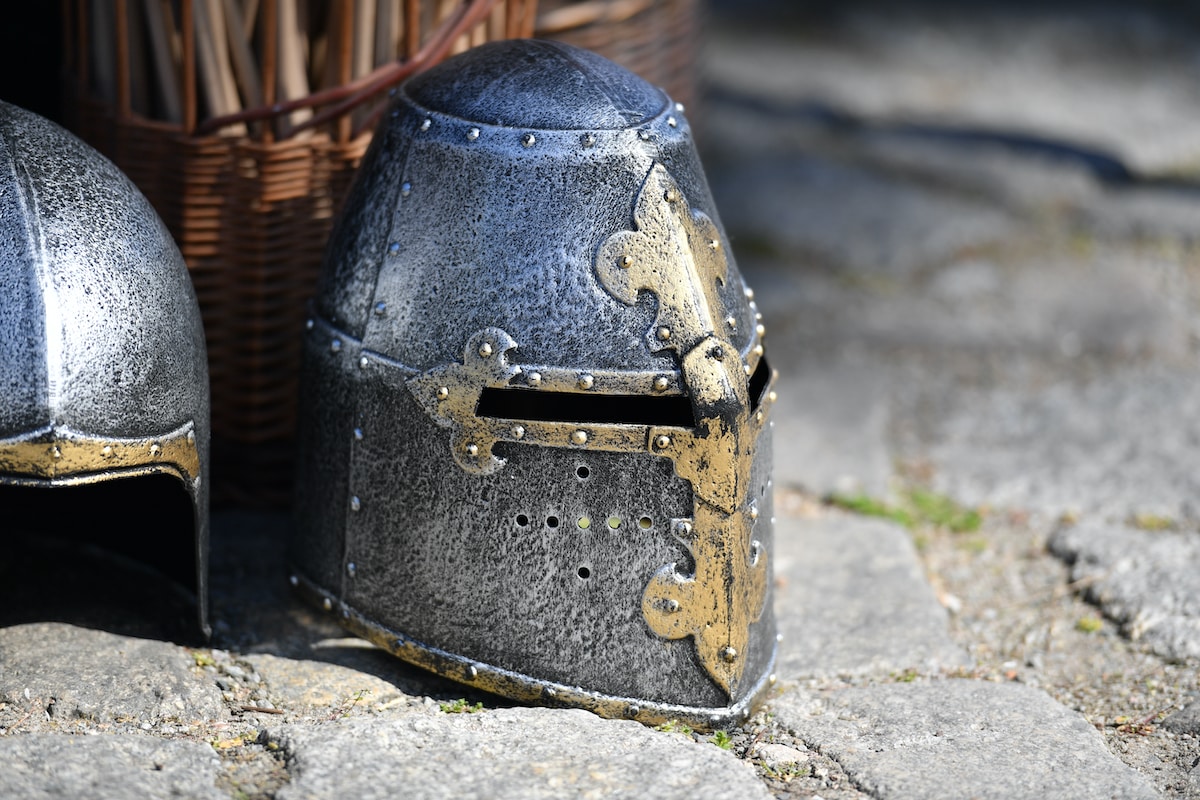 Helmets
Helmets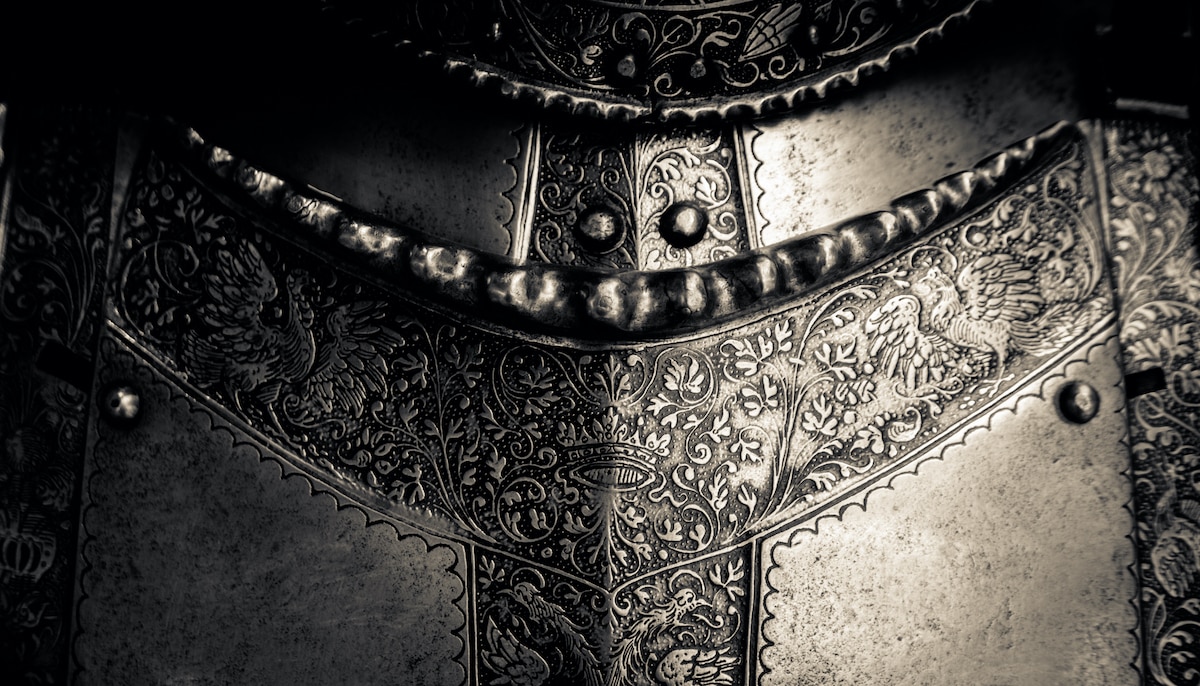 Torso Armor
Torso Armor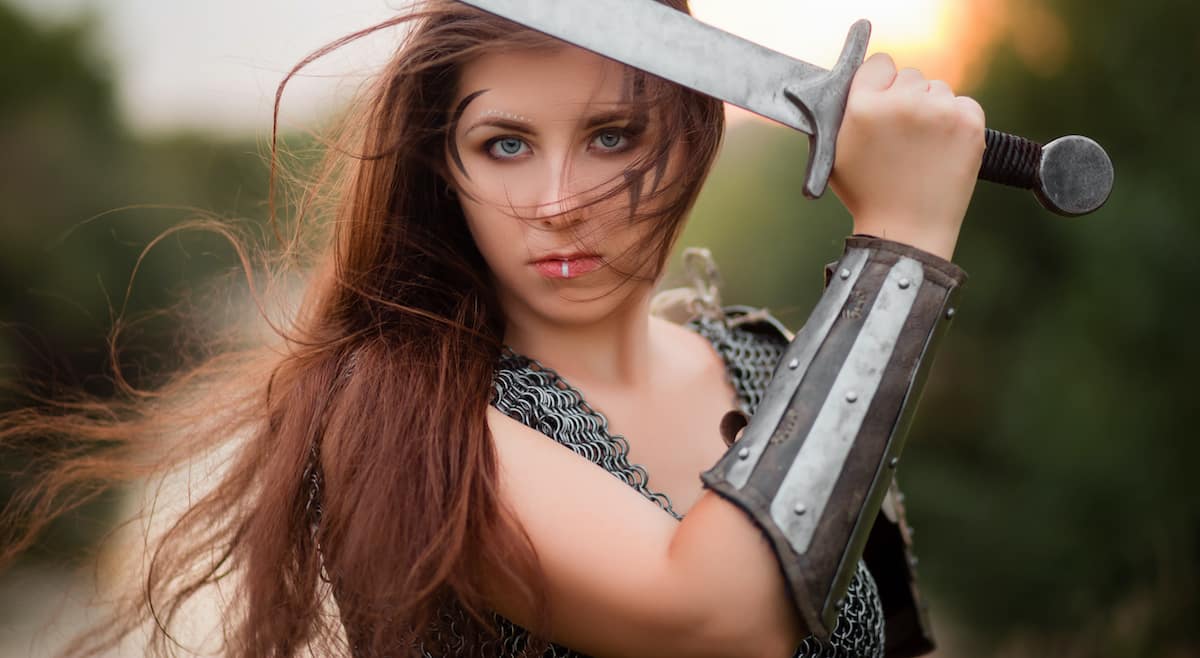 Bracers and Arm Protection
Bracers and Arm Protection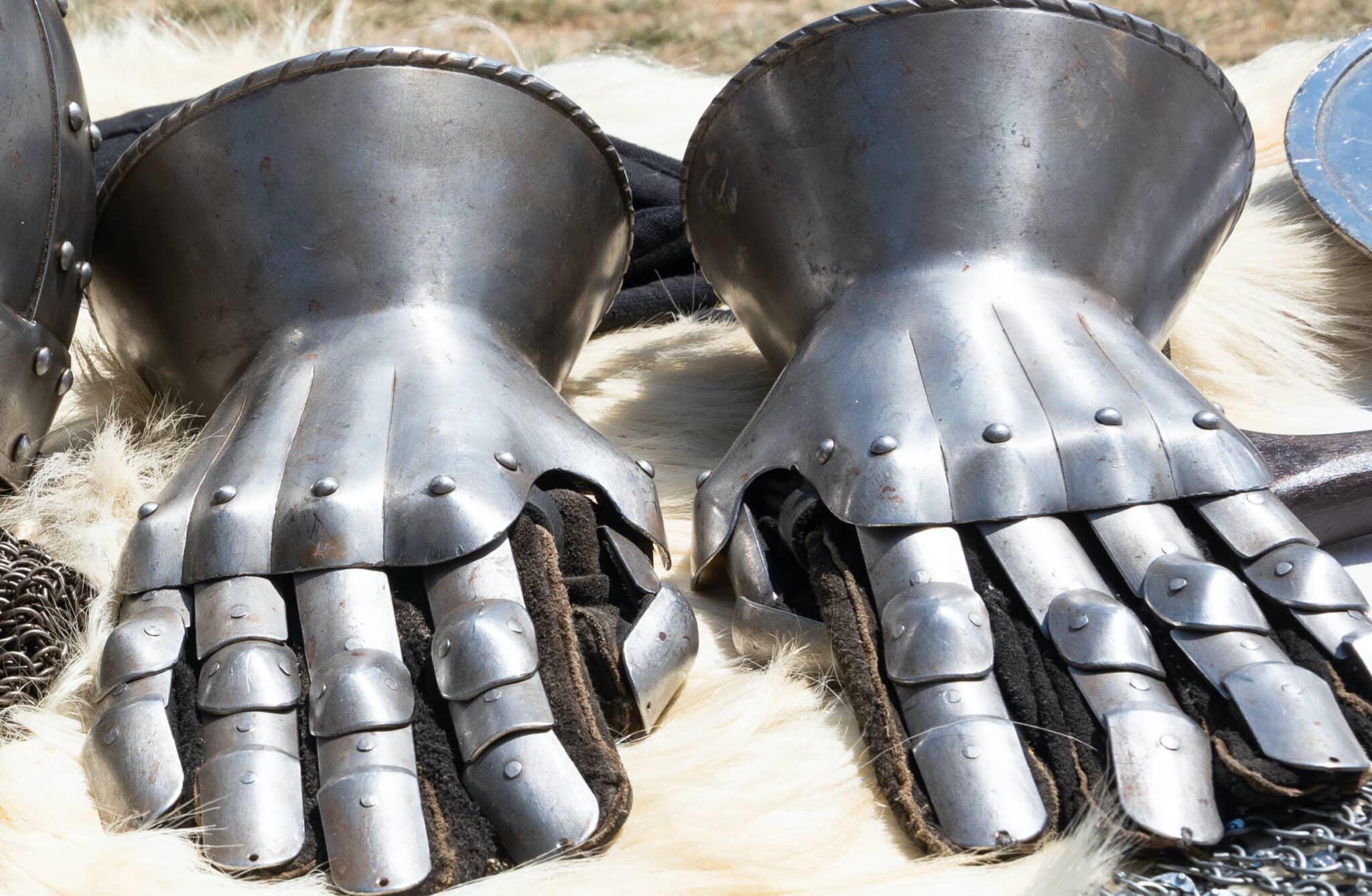 Gauntlets
Gauntlets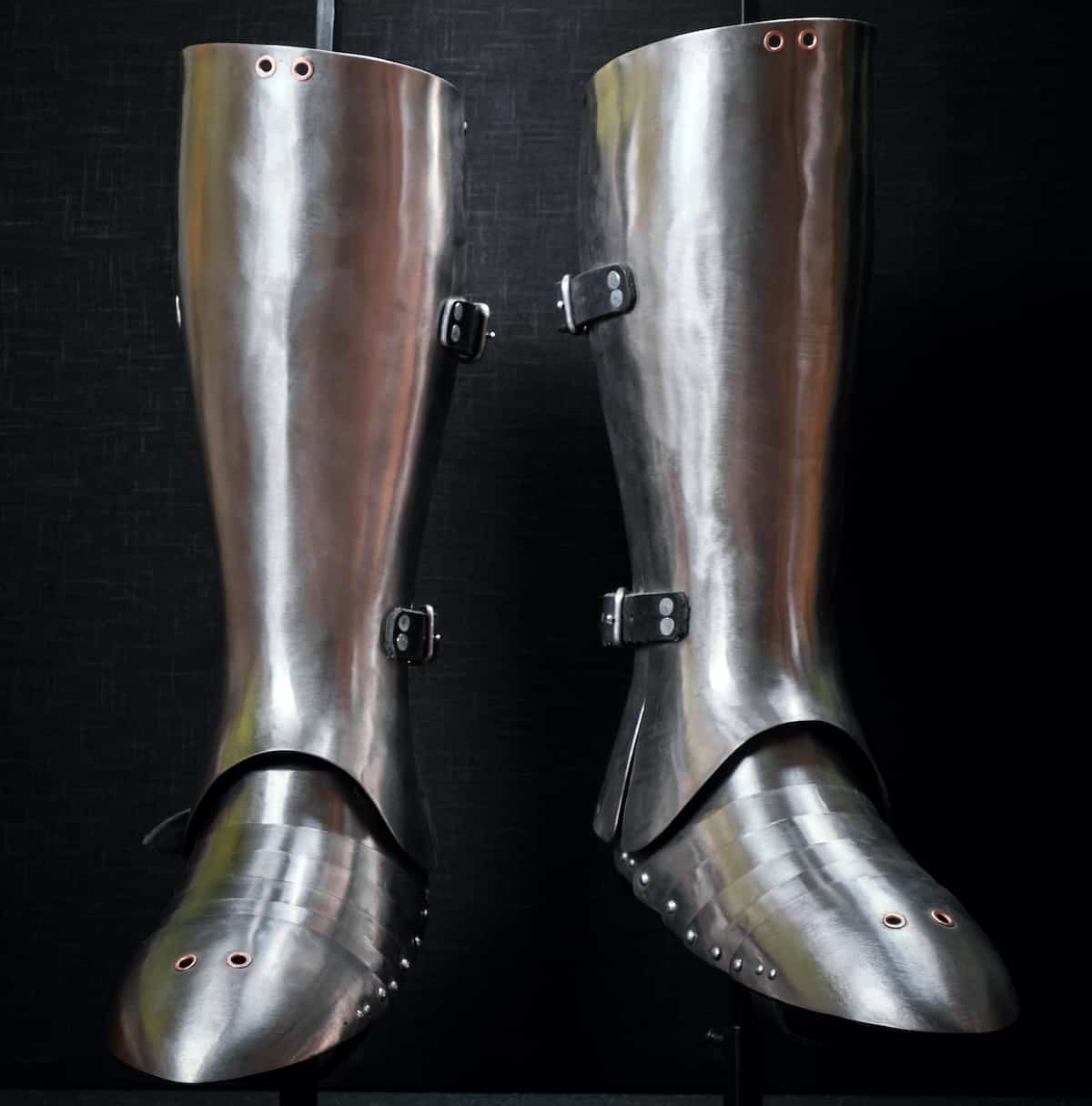 Leg Armor
Leg Armor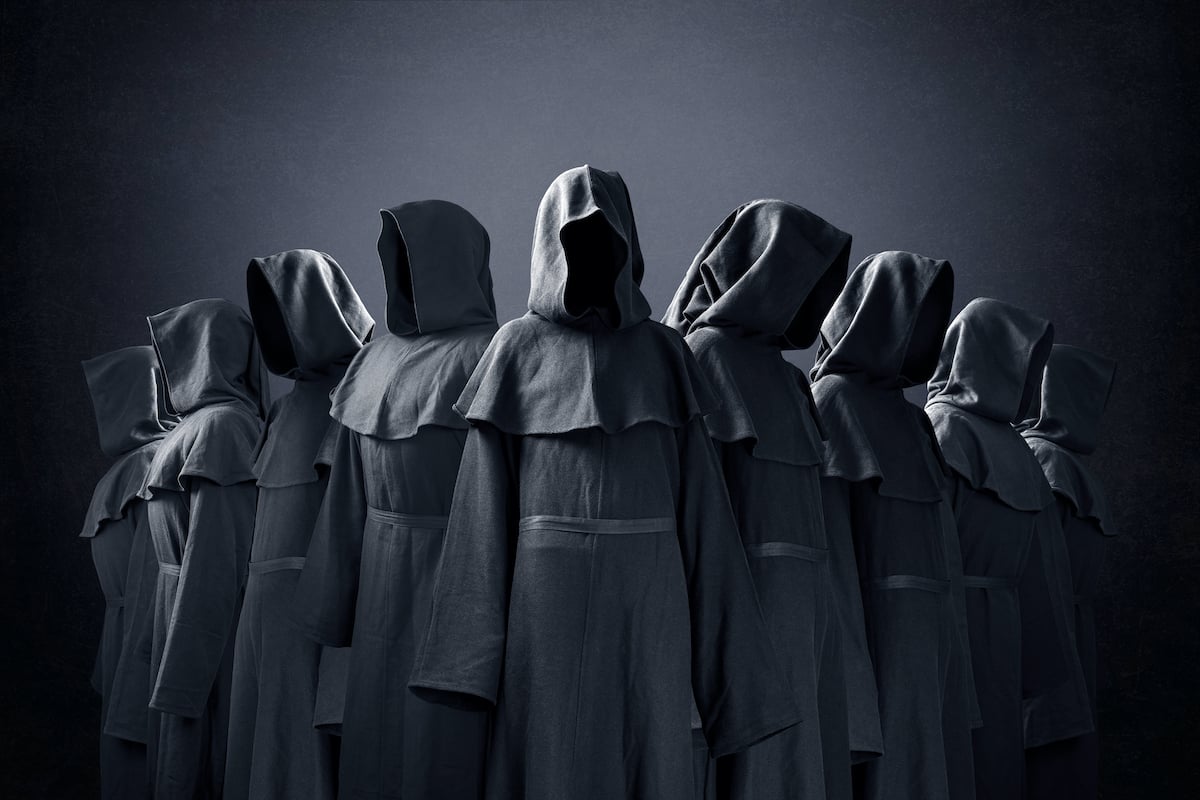 Cloaks
Cloaks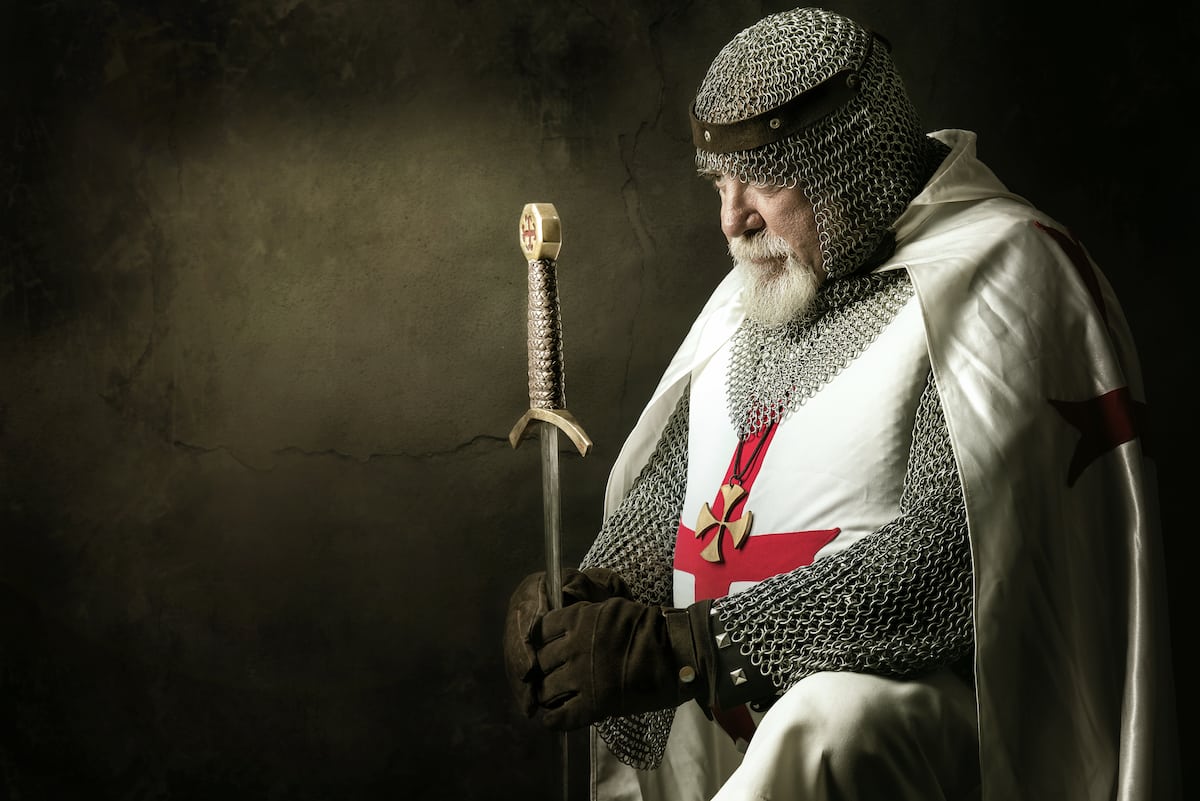 Tabards
Tabards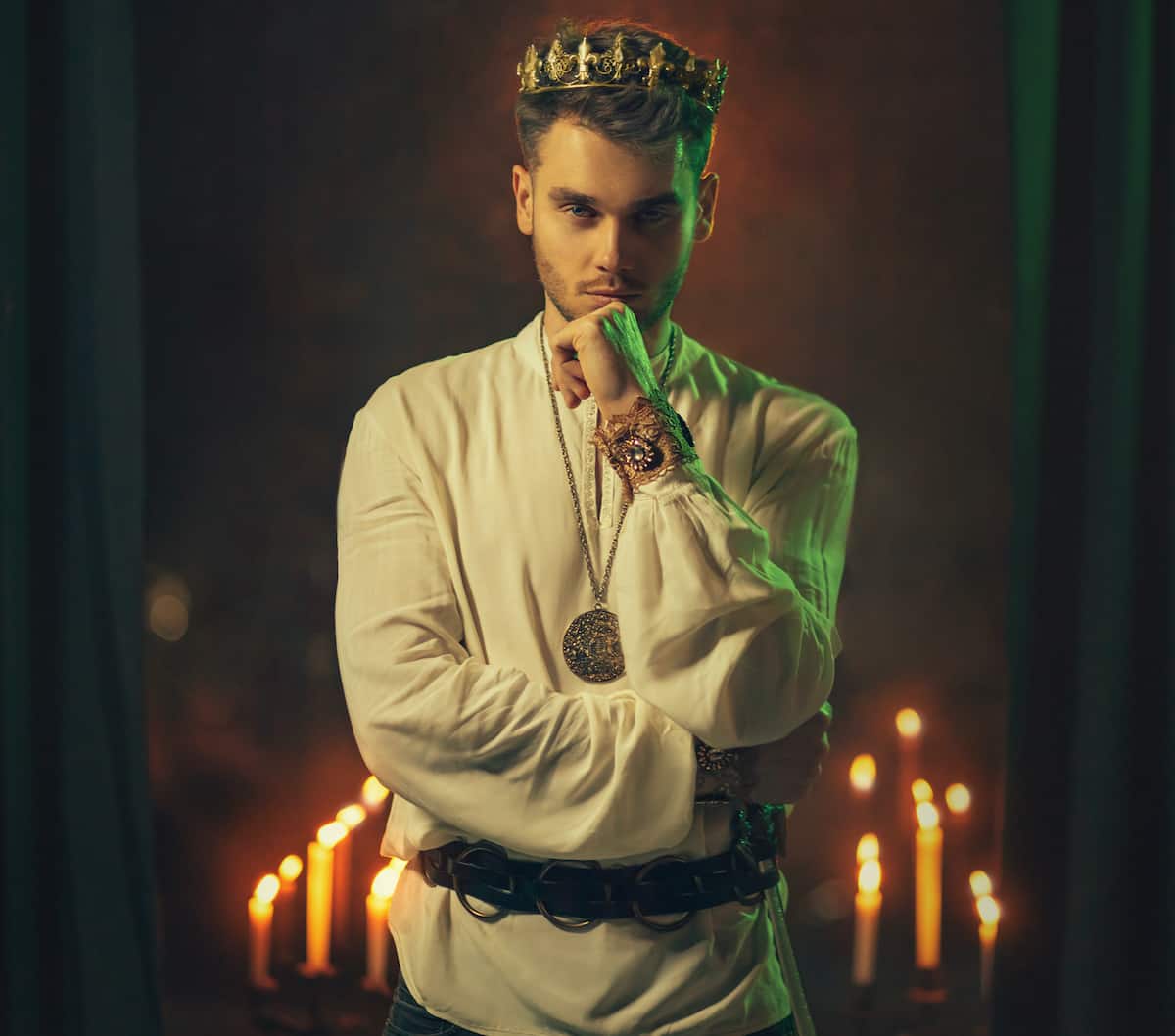 Shirts
Shirts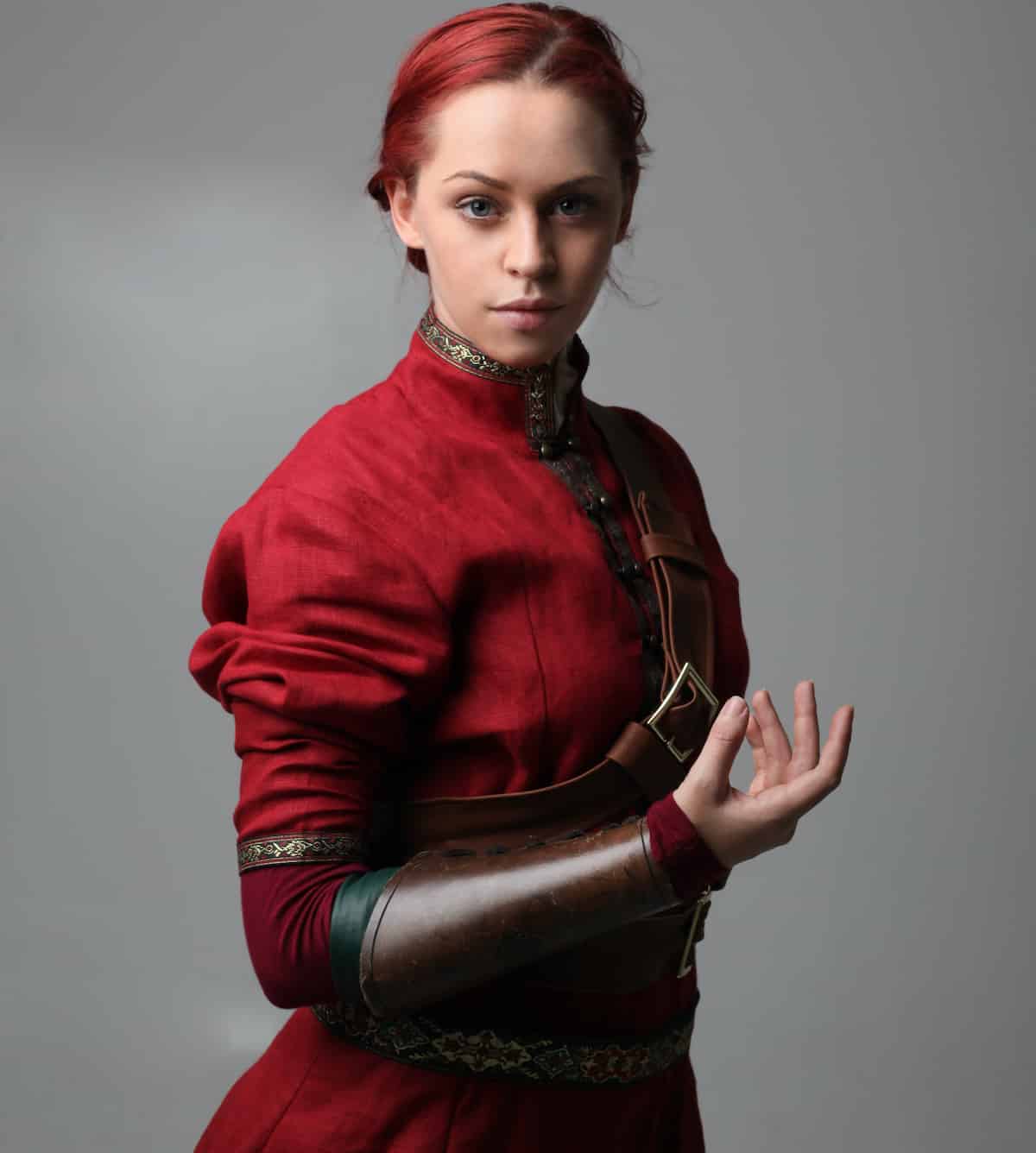 Tunics
Tunics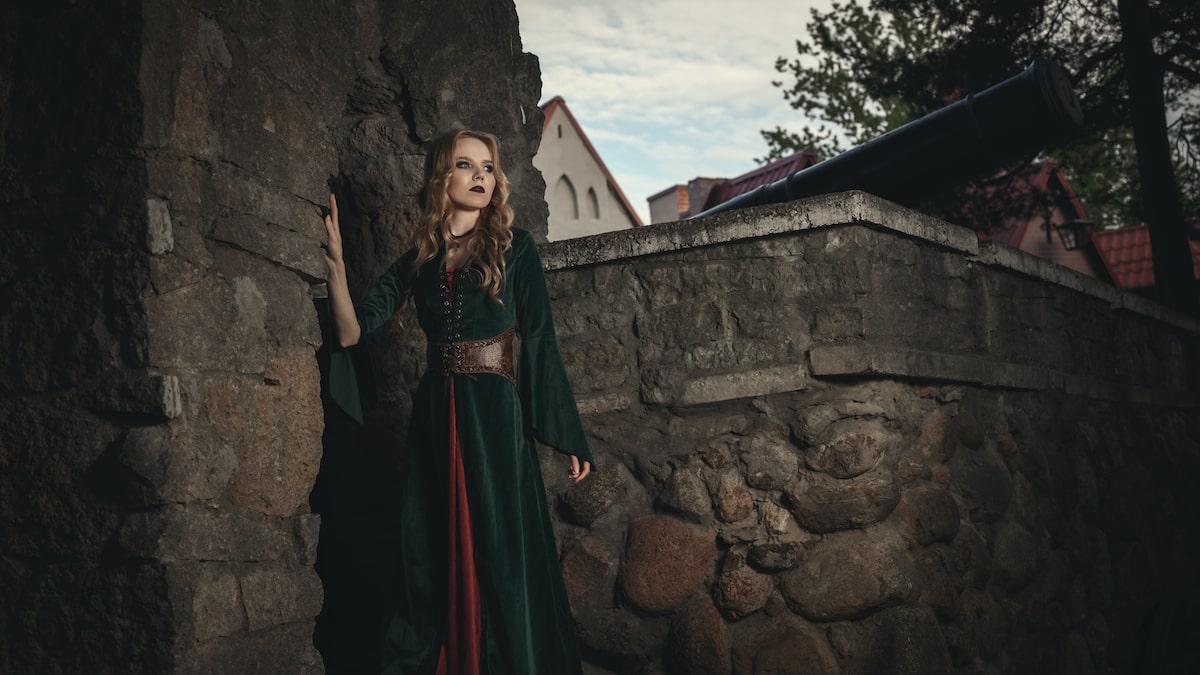 Dresses
Dresses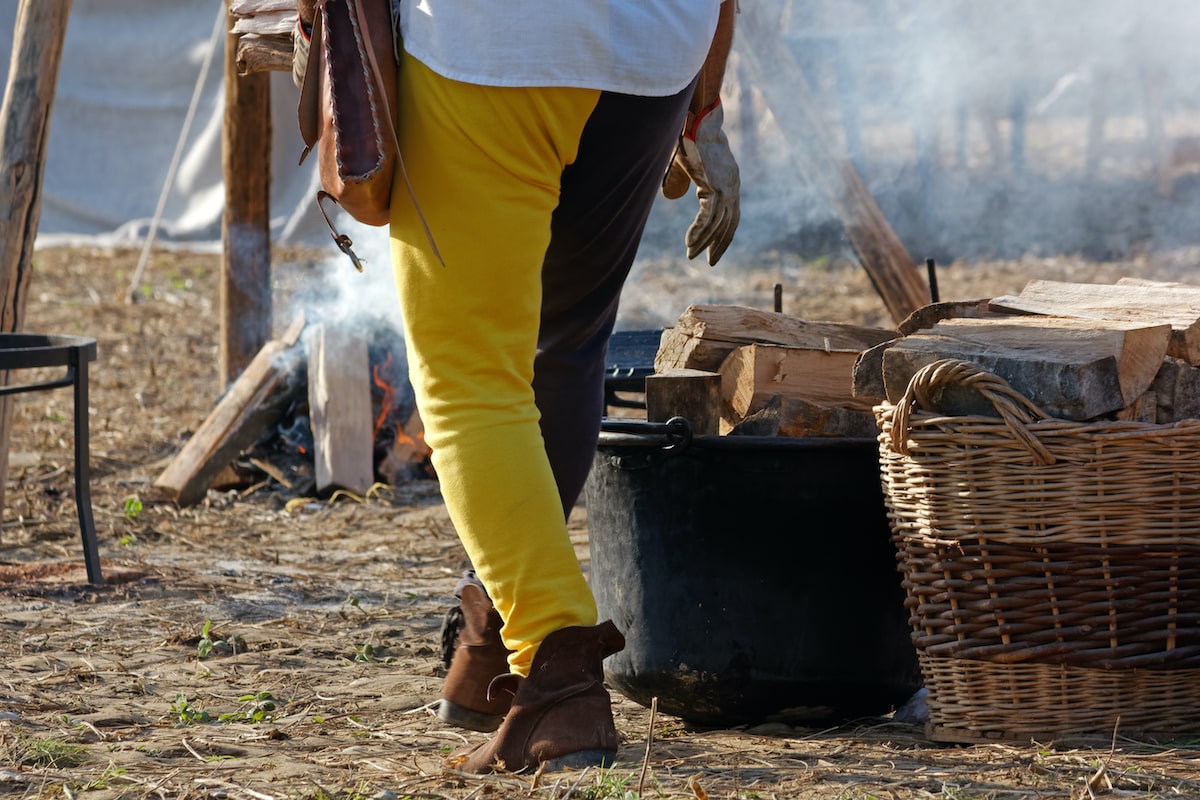 Pants
Pants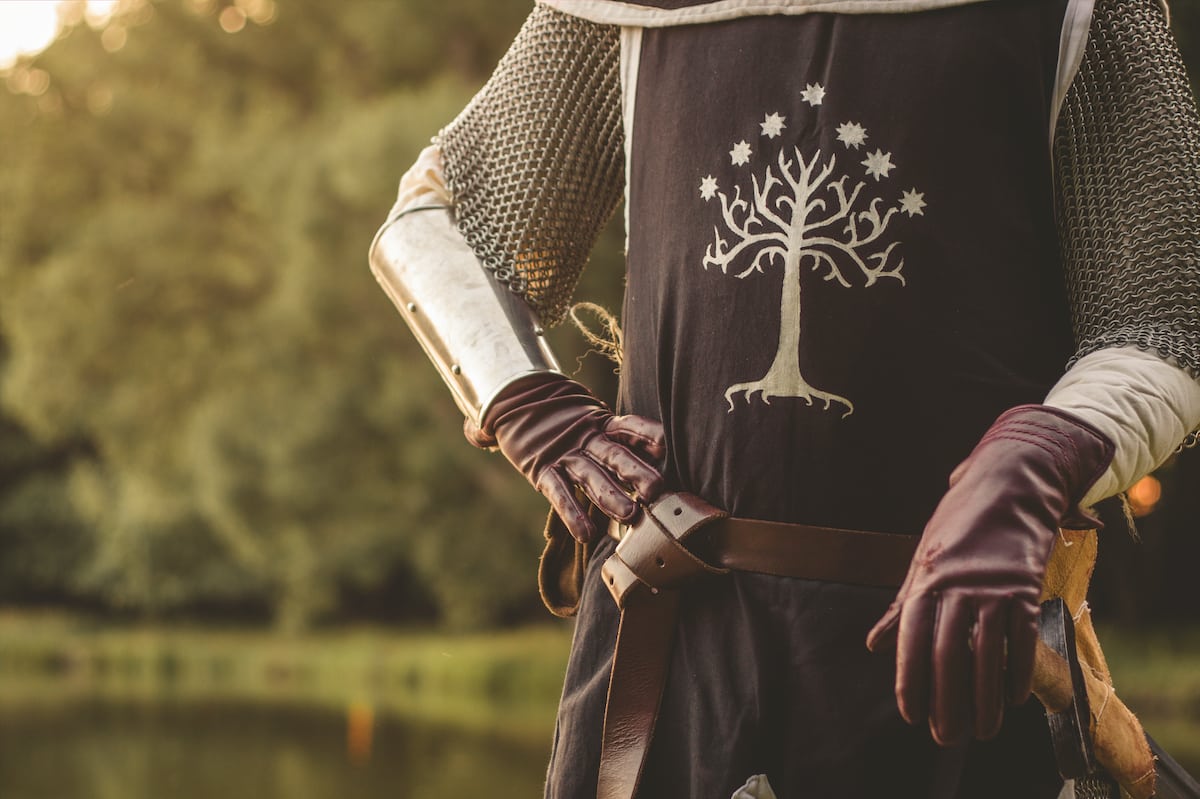 Gloves
Gloves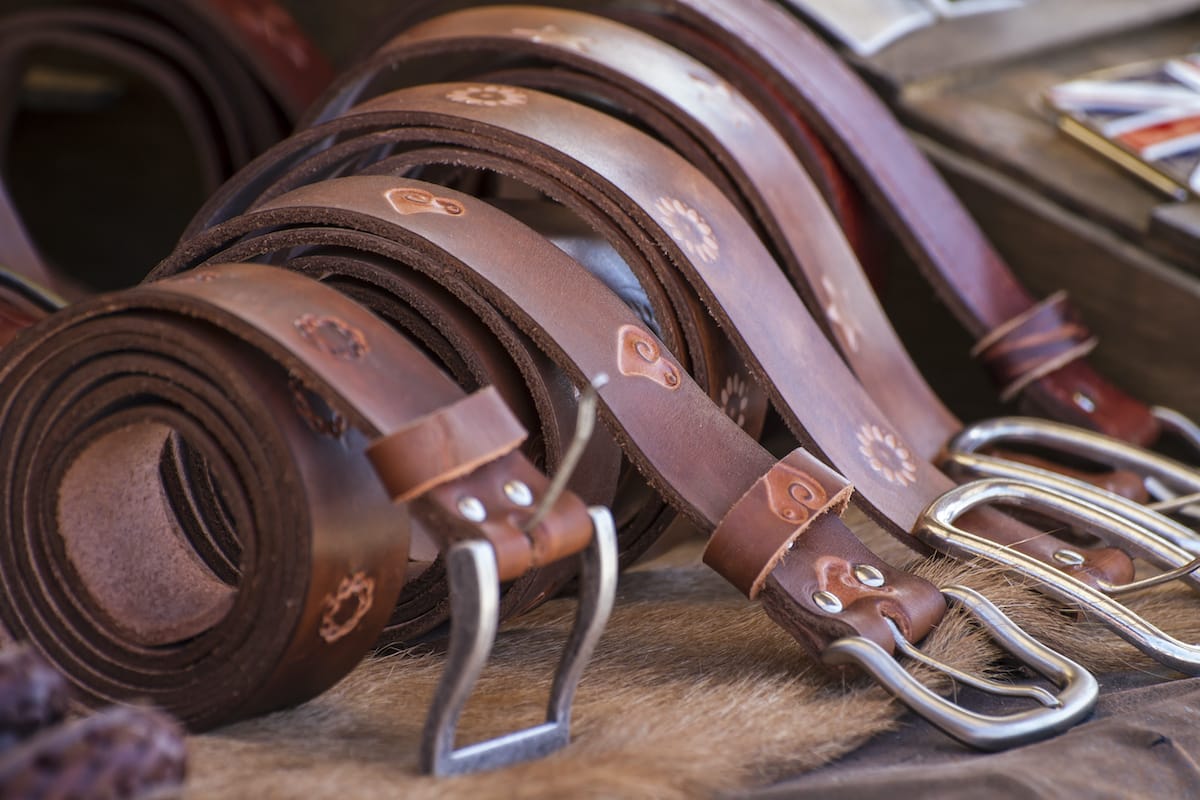 Belts
Belts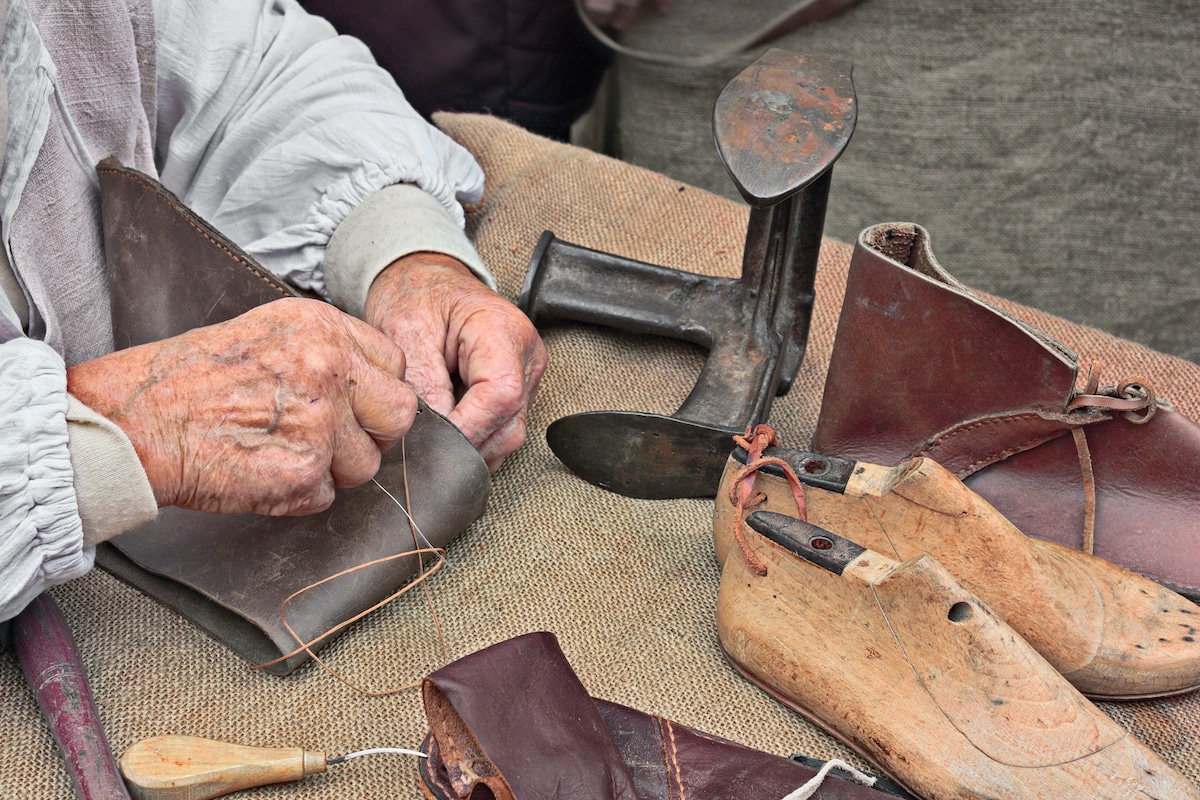 Shoes
Shoes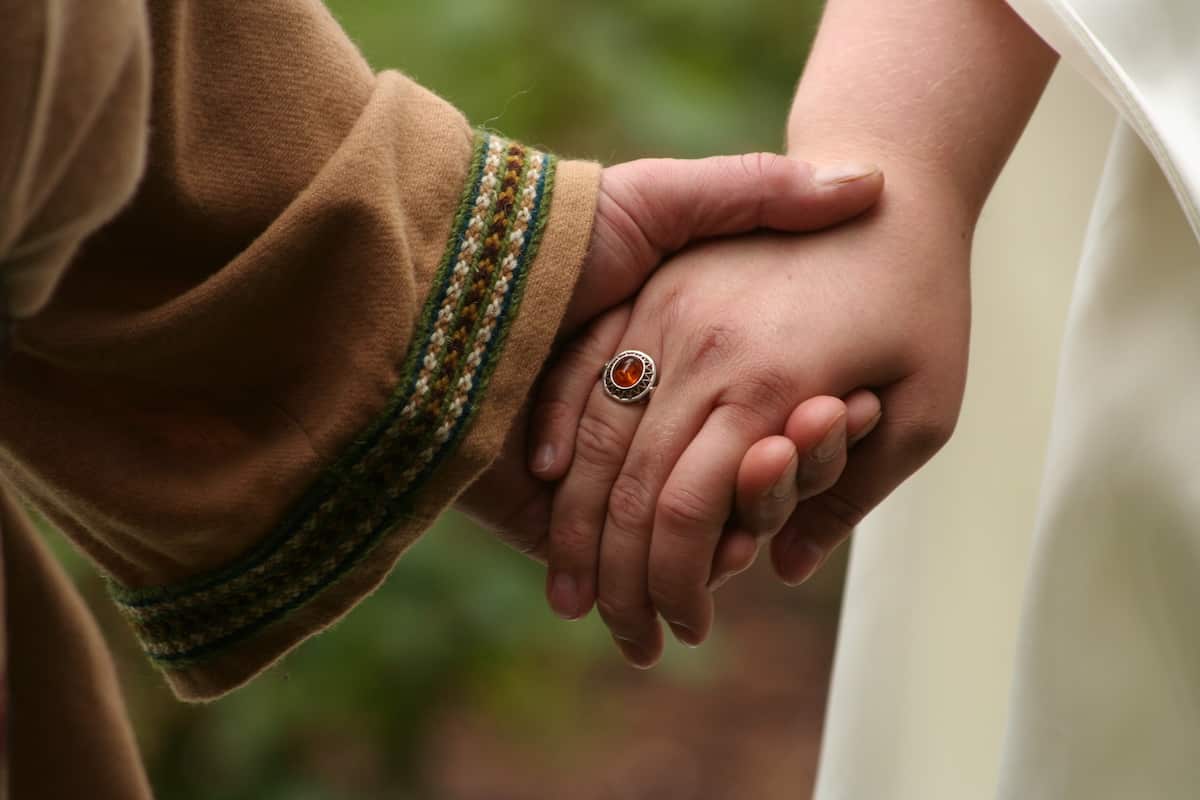 Rings
Rings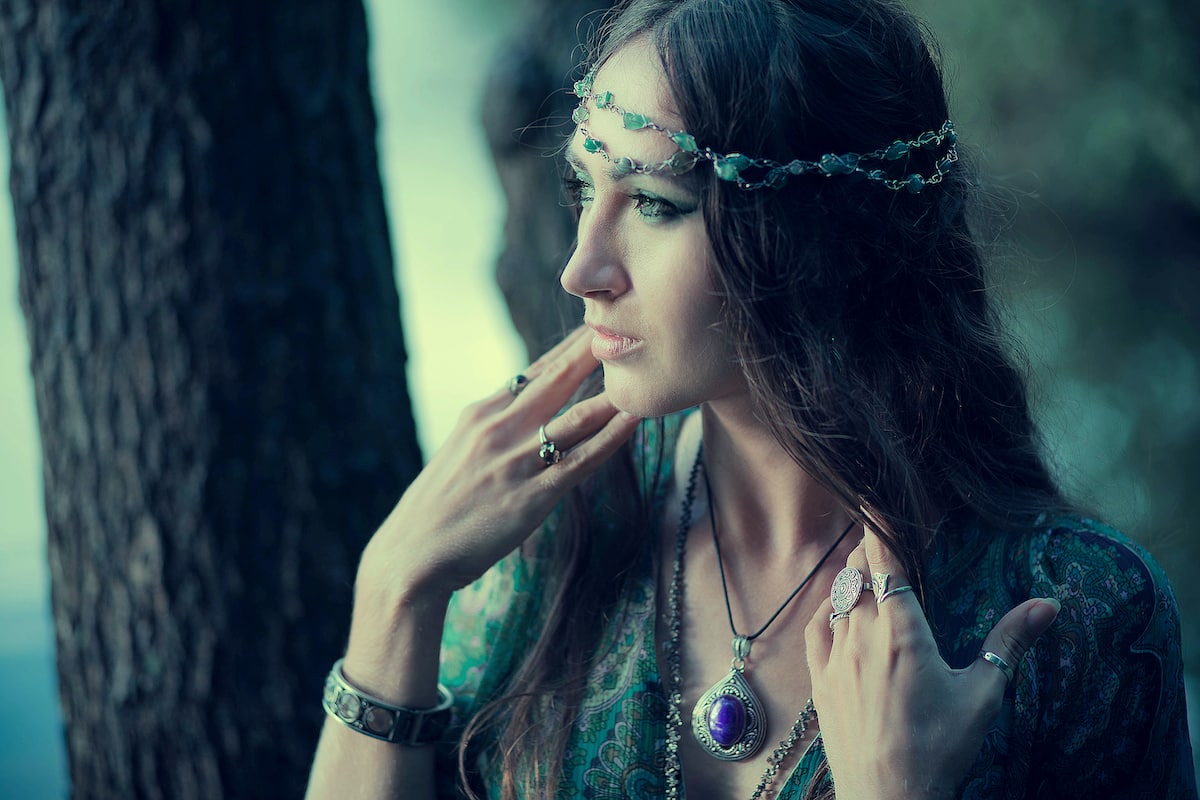 Necklaces & Pendants
Necklaces & Pendants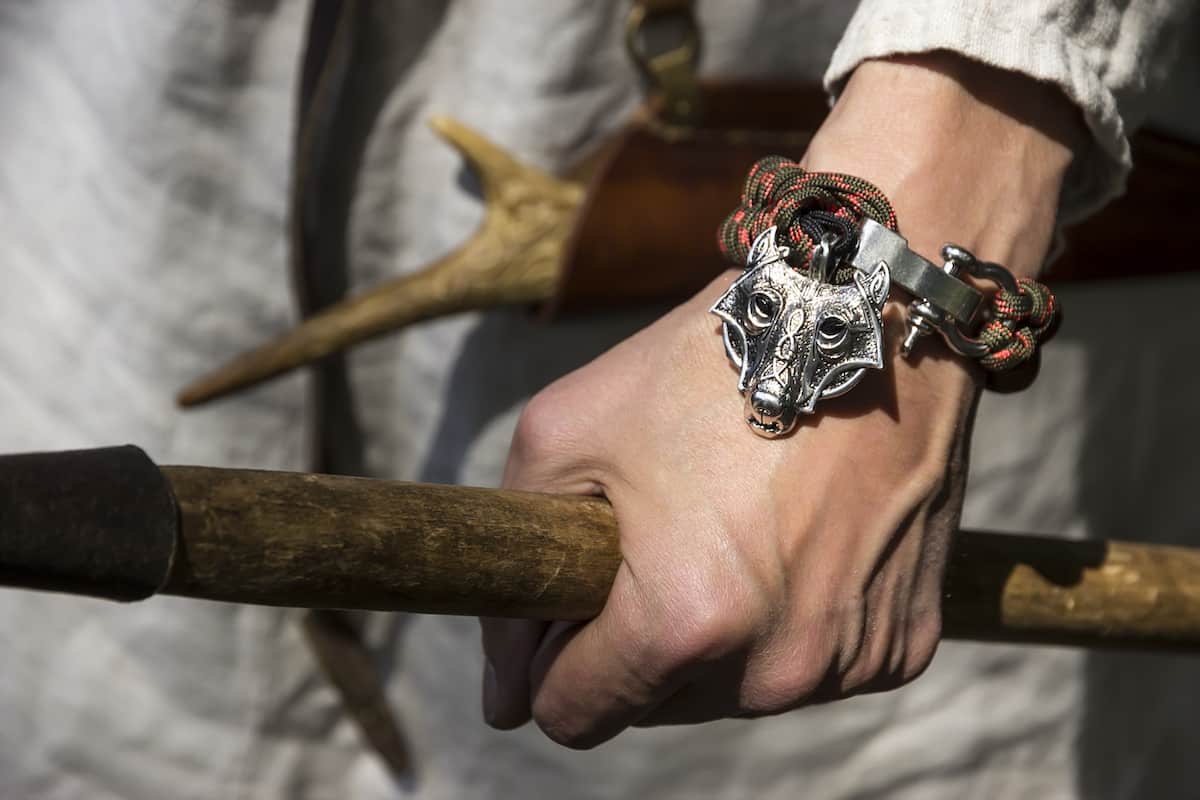 Bracelets
Bracelets